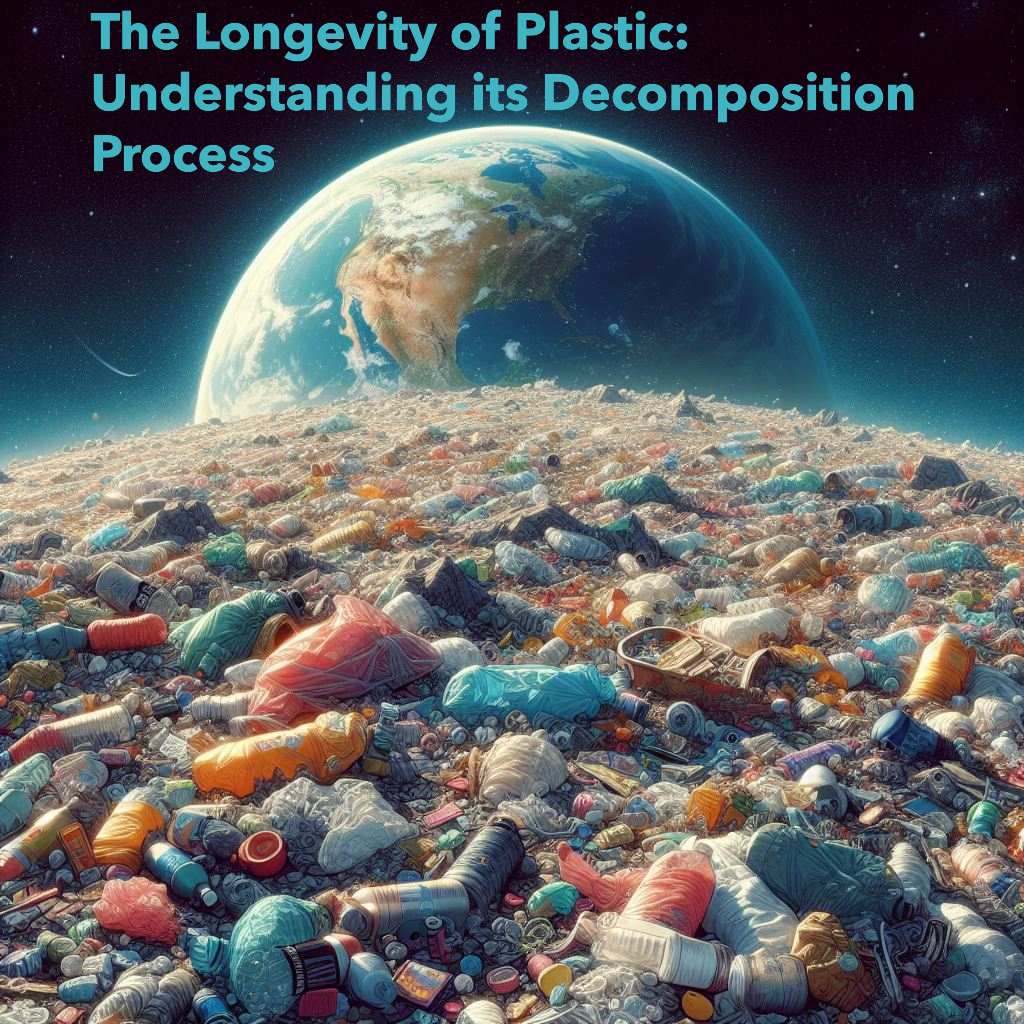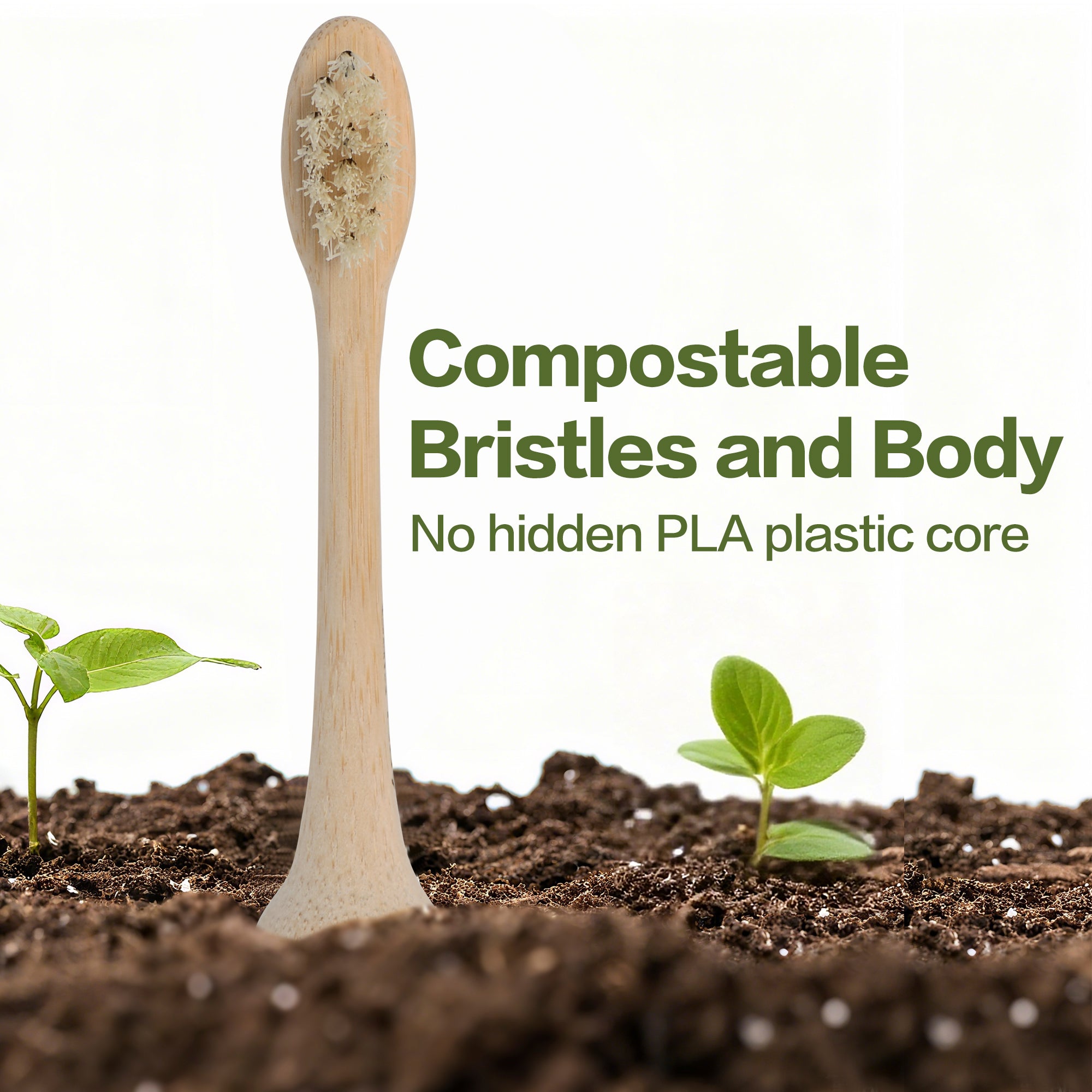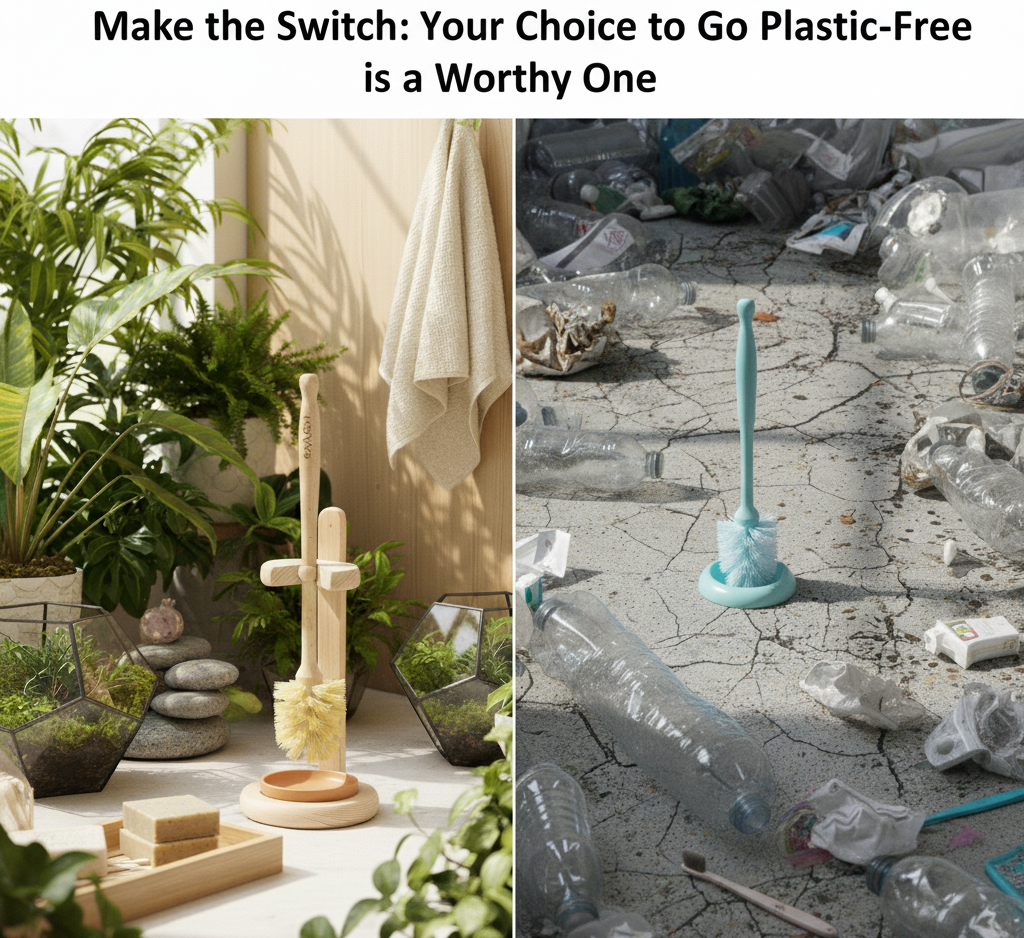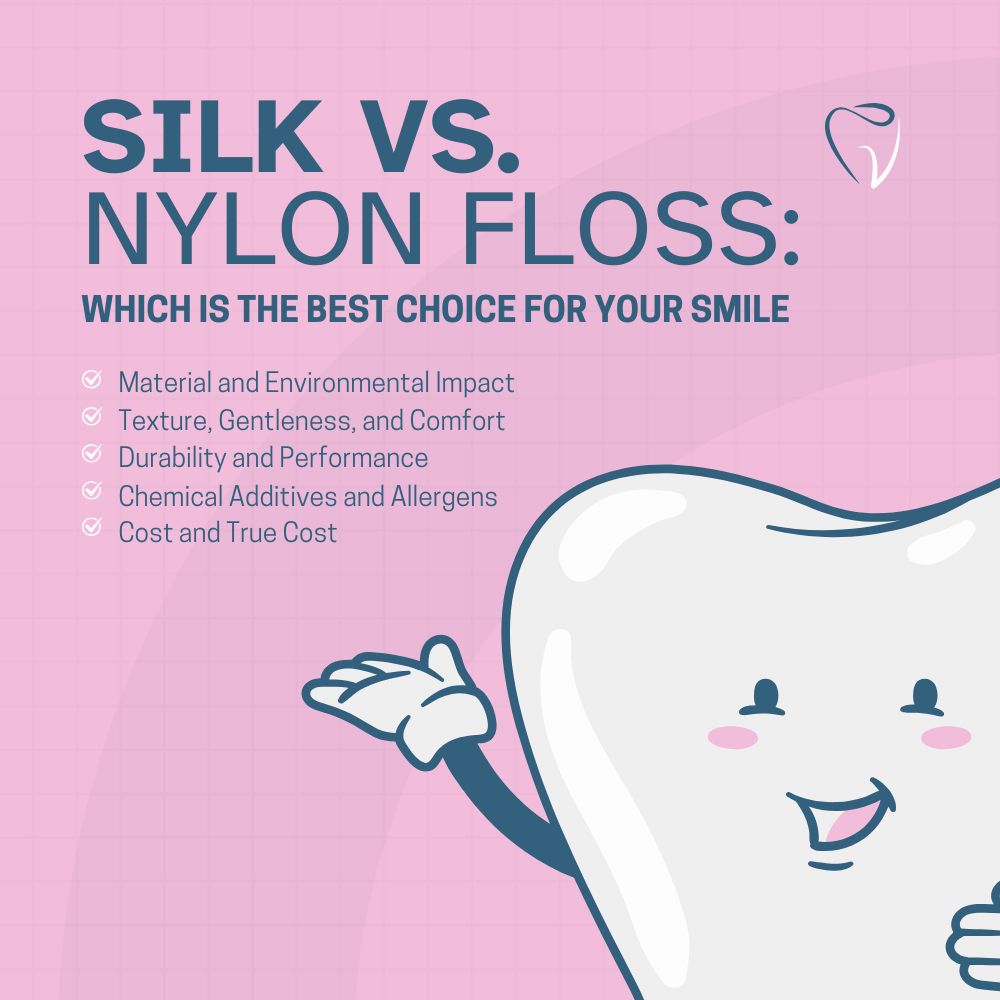Plastic, a ubiquitous material in our modern world, has undeniably revolutionized industries and lifestyles. From packaging to construction, from healthcare to transportation, plastic is omnipresent.
However, its convenience comes with a significant environmental cost. One of the most pressing issues regarding plastic is its longevity and the time it takes to decompose.
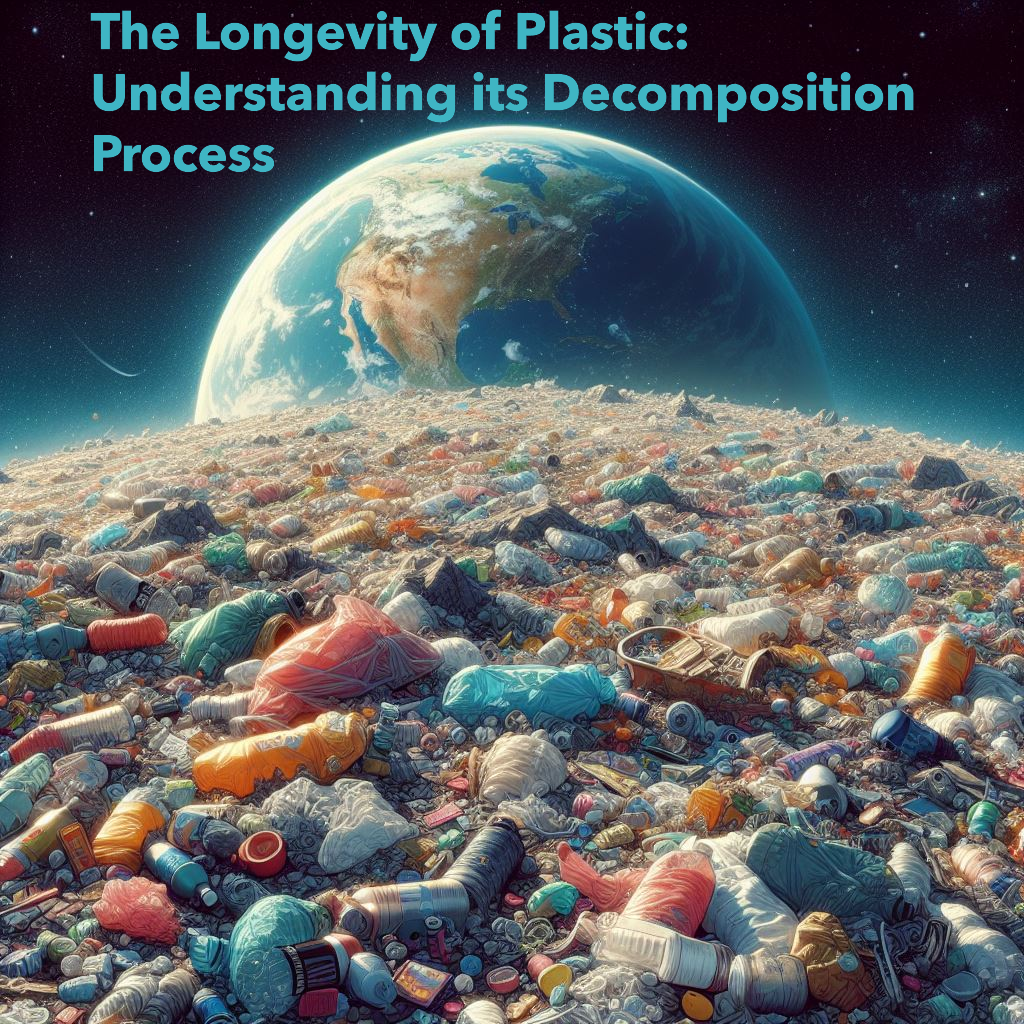
Unraveling the Timeline: How Long Does Plastic Take to Break Down?
Plastic waste can take anywhere from 20 to 500 years to decompose, and even then, it never fully disappears; it just gets smaller and smaller. Consider this staggering figure: 8.3 billion tonnes is the total amount of plastic ever made, with half of it produced in the last 13 years alone.
This statistic paints a vivid picture of the monumental challenge posed by plastic waste management. Source UN
Plastic, a material that does not decompose naturally, poses a significant environmental challenge due to its long-lasting nature. Here is an overview of the decomposition process and the timeline for various plastic products to break down:
- Decomposition Process: Plastic breaks down into millions of tiny particles but never fully disappears, leading to the accumulation of plastic waste in the environment
- Photodegradation, where plastics absorb UV radiation from the sun, plays a role in breaking down plastic molecules.
- Biodegradable plastics have been developed to decompose more quickly than traditional plastics, taking from a few months to a few years depending on the type however they have been found to stick around much longer than claimed and may also cause microplastics.
- Sources: 1. https://www.plasticsoupfoundation.org/en/plastic-problem/plastic-environment/plastic-production-decomposition/ 2. https://chariotenergy.com/blog/how-long-until-plastic-decomposes/
-
Timeline for Decomposition:
- Plastic grocery bags: 10 to 20 years
- Plastic straws: up to 200 years
- Plastic bottles: 450 years
- Disposable diapers: 500 years
- Styrofoam: 500 years
- Fishing line: 600 years
- Source: https://wwf.org.au/blogs/the-lifecycle-of-plastics/.
-
Environmental Impact:: Plastic pollution poses a severe threat to marine life, with animals getting entangled in plastic waste like ghost nets and ingesting microplastics
- The accumulation of plastic waste in oceans and landfills contributes to environmental degradation and poses risks to ecosystems and human health
-
Solutions:
- Efforts to reduce plastic pollution include recycling, using biodegradable alternatives, and promoting eco-friendly practices like composting and reducing single-use plastics
Factors Influencing Decomposition Time
The decomposition rate of plastic is influenced by various factors:
-
Type of Plastic: Different types of plastic degrade at different rates. For instance, PET plastic used in most water bottles can take 450 to 1000 years to decompose.
-
Environmental Conditions: Environmental factors such as sunlight, temperature, and moisture play a crucial role in the decomposition process. Plastic exposed to UV radiation and oxygen tends to degrade faster than plastic buried in landfills or submerged in water bodies.
-
Chemical Composition: Plastic's chemical bonds, unlike those found in natural materials, are not easily broken down by bacteria and enzymes. This makes it challenging for microorganisms to digest and decompose plastic efficiently.
Environmental Implications of Plastic Decomposition
The prolonged decomposition period of plastic raises serious environmental concerns:
-
Toxin Leaching: As plastic degrades, it can release harmful chemicals and toxins into the environment, posing a threat to ecosystems and human health. These toxins can leach into the soil, water, and air, contaminating food chains and water sources.
-
Microplastic Pollution: Over time, larger plastic debris fragments into smaller particles known as microplastics. These microscopic particles pervade the environment, infiltrating soils, water bodies, and even the air we breathe. Micro and Nanoplastics in your tea! The long-term impact of microplastic pollution on marine life and human health is still being studied. Ditch microplastics in your kitchen!
Addressing the Plastic Predicament: Towards Sustainable Solutions
Given the alarming persistence of plastic waste, concerted efforts are needed to address this global challenge:
-
Reduce, Reuse, Recycle: Emphasizing the principles of reduce, reuse, and recycle can help minimize plastic consumption and waste generation. Check out the other 8Rs of sustainability too. Opting for reusable alternatives, recycling plastic products, and supporting initiatives for circular economies are effective strategies.
-
Innovation and Research: Investing in research and innovation to develop alternative materials and sustainable packaging solutions is essential. Biodegradable plastics, compostable materials, and eco-friendly packaging innovations show promise in reducing the environmental impact of plastic.
- Studies have shown that certain bioplastics, including PLA (polylactic acid), may not biodegrade effectively and could potentially cause environmental issues. Here are some sources that discuss this topic:
-
ACS Publications:
-
A review on the life cycle impact and biodegradation studies of common bioplastics highlights the challenges associated with single-use consumer plastics, shedding light on the limitations of biodegradable plastics. Source
1
.
-
A review on the life cycle impact and biodegradation studies of common bioplastics highlights the challenges associated with single-use consumer plastics, shedding light on the limitations of biodegradable plastics. Source
-
MDPI:
-
An article discusses the ecotoxicological impact of bioplastics biodegradation, emphasizing the need for a comprehensive understanding of the environmental consequences of bioplastics, including their potential drawbacks despite being bio-based. Source
.2
-
An article discusses the ecotoxicological impact of bioplastics biodegradation, emphasizing the need for a comprehensive understanding of the environmental consequences of bioplastics, including their potential drawbacks despite being bio-based. Source
-
Springer:
-
A review provides insights into the sources and biodegradation of bioplastics, discussing how different environmental factors and microbial presence influence the breakdown of bioplastics. It also mentions that not all bioplastics are easily biodegradable, raising concerns about their long-term impact on the environment. Source
3
.
-
A review provides insights into the sources and biodegradation of bioplastics, discussing how different environmental factors and microbial presence influence the breakdown of bioplastics. It also mentions that not all bioplastics are easily biodegradable, raising concerns about their long-term impact on the environment. Source
-
NCBI:
-
Recent advances in bioplastics application and biodegradation are discussed, highlighting the distinction between biodegradable and non-biodegradable bioplastics like PLA. The article emphasizes the need for sustainable alternatives to traditional plastics to address environmental challenges Source
4
.
-
Recent advances in bioplastics application and biodegradation are discussed, highlighting the distinction between biodegradable and non-biodegradable bioplastics like PLA. The article emphasizes the need for sustainable alternatives to traditional plastics to address environmental challenges Source
-
ScienceDirect:
-
An assessment of bioplastics' biodegradability by standard and research methods is presented, focusing on evaluating biodegradation through measurements like biogas production. This source provides insights into the assessment of bioplastics' breakdown under different conditions Source:
.5
-
An assessment of bioplastics' biodegradability by standard and research methods is presented, focusing on evaluating biodegradation through measurements like biogas production. This source provides insights into the assessment of bioplastics' breakdown under different conditions Source:
These sources offer valuable information on the challenges surrounding the biodegradability of certain bioplastics like PLA and emphasize the importance of further research and sustainable practices in addressing plastic pollution issues.
Studies have shown that laundry sheets, which are often marketed as eco-friendly, may contain plastic, specifically polyvinyl alcohol (PVA), which is a synthetic polymer derived from petrochemicals.
PVA is biodegradable under certain conditions, but it can also break down into microplastics, which can contribute to plastic pollution. Some studies have found that PVA is not fully biodegradable in wastewater treatment plants, and it may not biodegrade naturally without the presence of specific microbes. Source
This raises concerns about the environmental impact of PVA in laundry sheets and the potential for microplastics to enter waterways and ecosystems
-
Policy and Regulation: Governments and regulatory bodies play a crucial role in implementing policies and regulations to curb plastic pollution. Measures such as plastic bans, extended producer responsibility, and incentives for sustainable practices can drive positive change.
Navigating the Path Towards Plastic Sustainability
The longevity of plastic and its slow decomposition rate underscore the urgent need for collective action to mitigate plastic pollution. By raising awareness, promoting sustainable practices, and fostering innovation, we can navigate towards a future where plastic coexists harmoniously with the environment. Let us embrace the principles of environmental stewardship and work towards a world where the legacy of plastic is one of responsible usage and stewardship.
FAQs:
-
How long does it take plastic to biodegrade?: Plastic waste can take anywhere from 20 to 500 years to decompose, and even then, it never fully disappears; it just gets smaller and smaller.
-
Why does it take 1000 years for plastic to decompose?: Plastic's carbon bonds aren't the same as the chemical bonds found in nature, making it harder and more energy-intensive to break them down. Moreover, as plastic degrades, it can leak toxins into the soil around it, leading to a whole host of other issues researchers must tackle.
-
What happens to plastic after 1000 years?: It takes 1,000 years for a plastic bag to degrade in a landfill. Unfortunately, the bags don't break down completely but instead photo-degrade, becoming microplastics that absorb toxins and continue to pollute the environment.
These FAQs shed light on the extensive challenges posed by plastic waste and the urgent need for sustainable solutions to mitigate its environmental impact.


